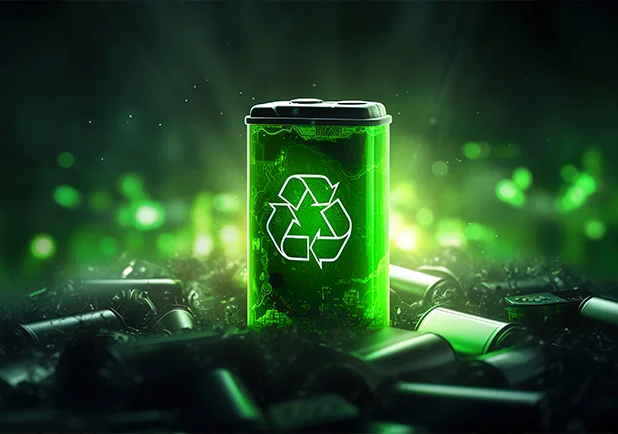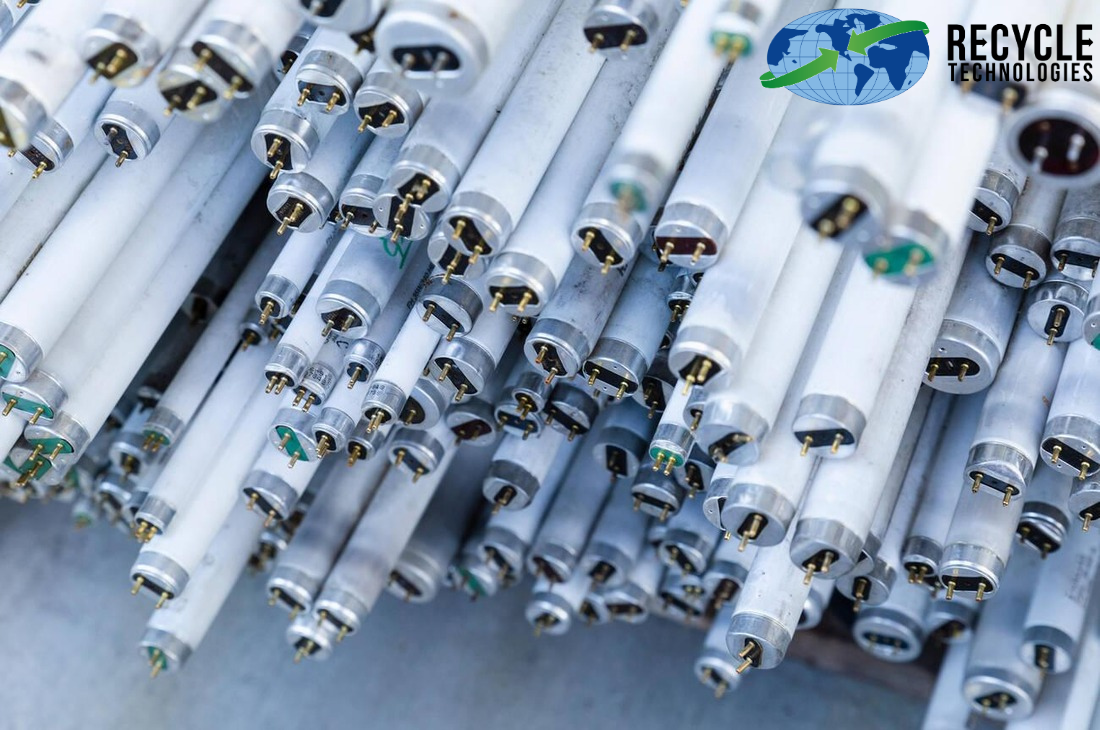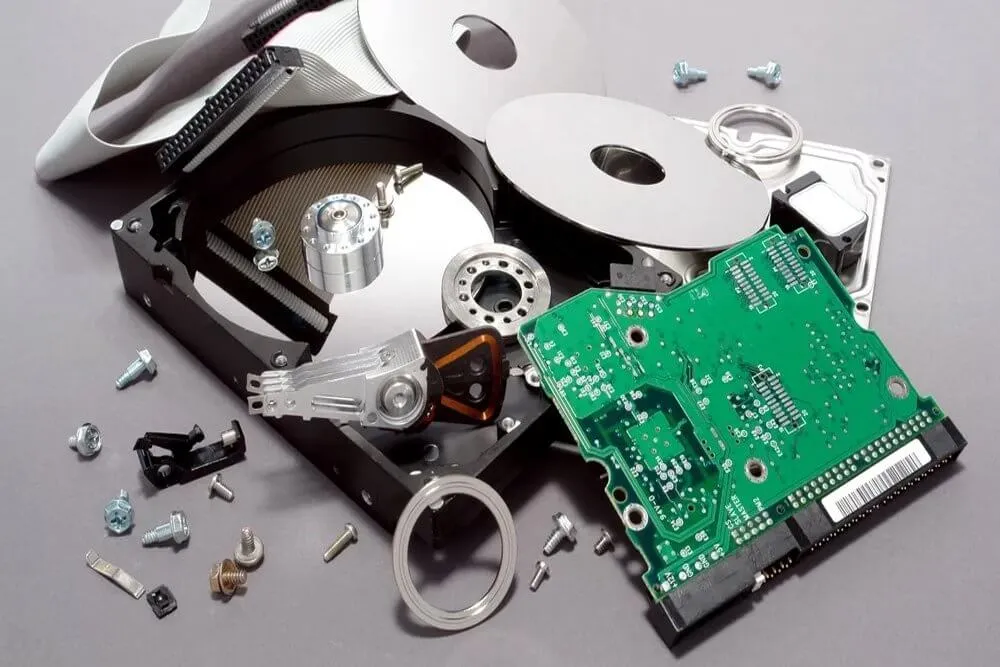Common Misconception about Monitor Recycling
The Earth has encountered an enormous change in the disposal process of things ever since recycling was introduced. Different types of recyclable materials require separate trash for collection. But, electronic waste cannot be kept in regular recycling bins. Recycling should not be confused with electronic recycling. Municipal recycling programs, landfills, and incinerators do not allow most electronics to be collected for recycling purposes.
According to the DNR, most electronics include toxic elements like lead, mercury, cadmium, chromium, other heavy metals, and chemical flame retardants, which can pollute and endanger groundwater, air, oil, and humans.
Similarly, monitors also have multiple such dangerous materials that need to be properly extracted and either disposed of or recycled depending on the rarity.
What kind of Monitor Recycling we do?
Monitors have evolved over the years as technology has progressed. The components that were a necessity at the beginning are nothing but a nuisance now, so companies have moved to better alternatives. Old Monitors use gold as it is a better conductor of electricity. However, gold has become expensive and for that sole reason companies are using better alternatives.
Each type of monitor requires a unique way of recycling and precautions to consider while monitor recycling. The distinct types of monitors used, and their recycling are mentioned below.
CRT (Cathode Ray Tube) Monitors
Television sets and computer monitors throughout the mid-to-late 1900s used cathode-ray tubes extensively. The CRT monitor is an analog display technology that creates a visible picture on the screen by moving three electron beams across millions of phosphor dots to make them glow.
Legitimate Concerns in CRT Monitor Recycling
CRT monitors raise some serious health and safety issues. It does emit X-ray radiation, but only in trace amounts that are regulated by the FDA. Even when a CRT is turned off, it contains a large amount of electrical charge. Breaking or attempting to dismantle a CRT display without the necessary tools and training might result in a serious electrical shock.
Puncturing the vacuum tube in the monitor will cause an implosion, spraying glass shards everywhere. Toxic chemicals, including mercury, are included in CRT monitors and can leak out if the display breaks.
CRT funnels can have 21-25% lead oxide (PBO), the neck can contain 30-40% lead oxide, and the screen can contain 12% barium oxide and 12% strontium oxide. If you have an old CRT monitor that you no longer want, it is not safe to throw it in the trash; therefore, if there isn’t recycle for monitors they could be recognized as hazardous waste.
LCD Monitors
A liquid crystal display (LCD) monitor is a type of computer monitor or display that employs LCD technology to produce vivid images. They are commonly found in laptop computers and flat panel monitors. In color and picture quality, and the ability to support high resolutions, LCD clearly outperforms CRT.
Why is LCD Monitor Recycling Needed?
There is evidence that LCD screens use mercury to generate visible light during the viewing process. It is the explanation for the possibility of vapors escaping where the screen becomes damaged. While mercury levels are normally low, there is a risk of allergic responses, skin rashes, and potentially birth abnormalities.
If breathed in or swallowed, dangerous chemicals can collect in the body and result in poisonous effects, which may cause problems with digestion, among other health issues. For example, batteries or LCD wiring may emit toxic fumes if they are burnt like gasoline does. Monitor recycling helps us to reduce these hazards.
LED Monitors
A light-emitting diode monitor, also called an LED monitor, is a type of flat-screen computer monitor or television. LED monitors are less expensive than CRT monitors and have a wider dimming range and higher dynamic contrast ratio. They use less power than an LCD and have a much longer lifespan.
The Shortcomings of LED Monitors
The design and case of the LED monitors is very robust which can be a problem when it comes to recycling. The compositions of the materials used in LED monitors are as dangerous after use as it is useful during their lifetime. To ensure that it is properly dealt with, and the important recyclable components are extracted, the LED monitors are given to recyclers.
How to perform Monitor Recycling?
Electronic components and modules account for around 15% of the LED display and are easily recycled at a competent recycling plant. Metals from circuit boards, for example, are retrieved while monitor recycling, and the plastic, metal, and little mechanical motor that comprise the fans are separated and recycled separately.
Plastics account for approximately 9% of the LED display and are used in display components such as casings and louvers. Plastics can be recycled in practically any recycling facility. In addition, after the insulation is removed, a typical LED display contains around 2000 meters (about 1.24 mi) of recyclable gold or copper wire.
However, the monitor recycling process is a very troublesome procedure which requires experts and professionals to complete it. So, instead of taking a chance to extract the elements, give away your old LED monitors to Recycle Technologies and get your certificate.












